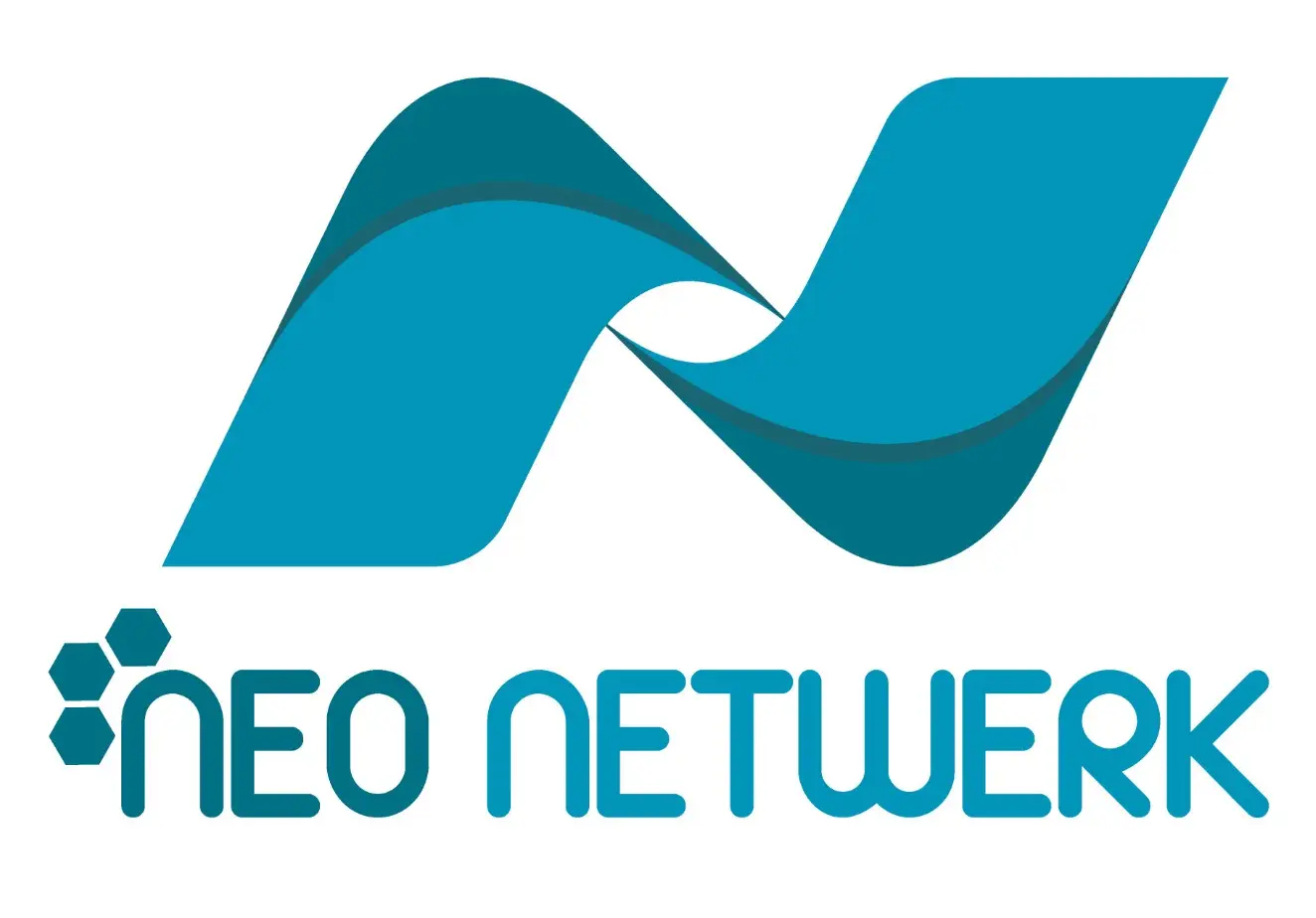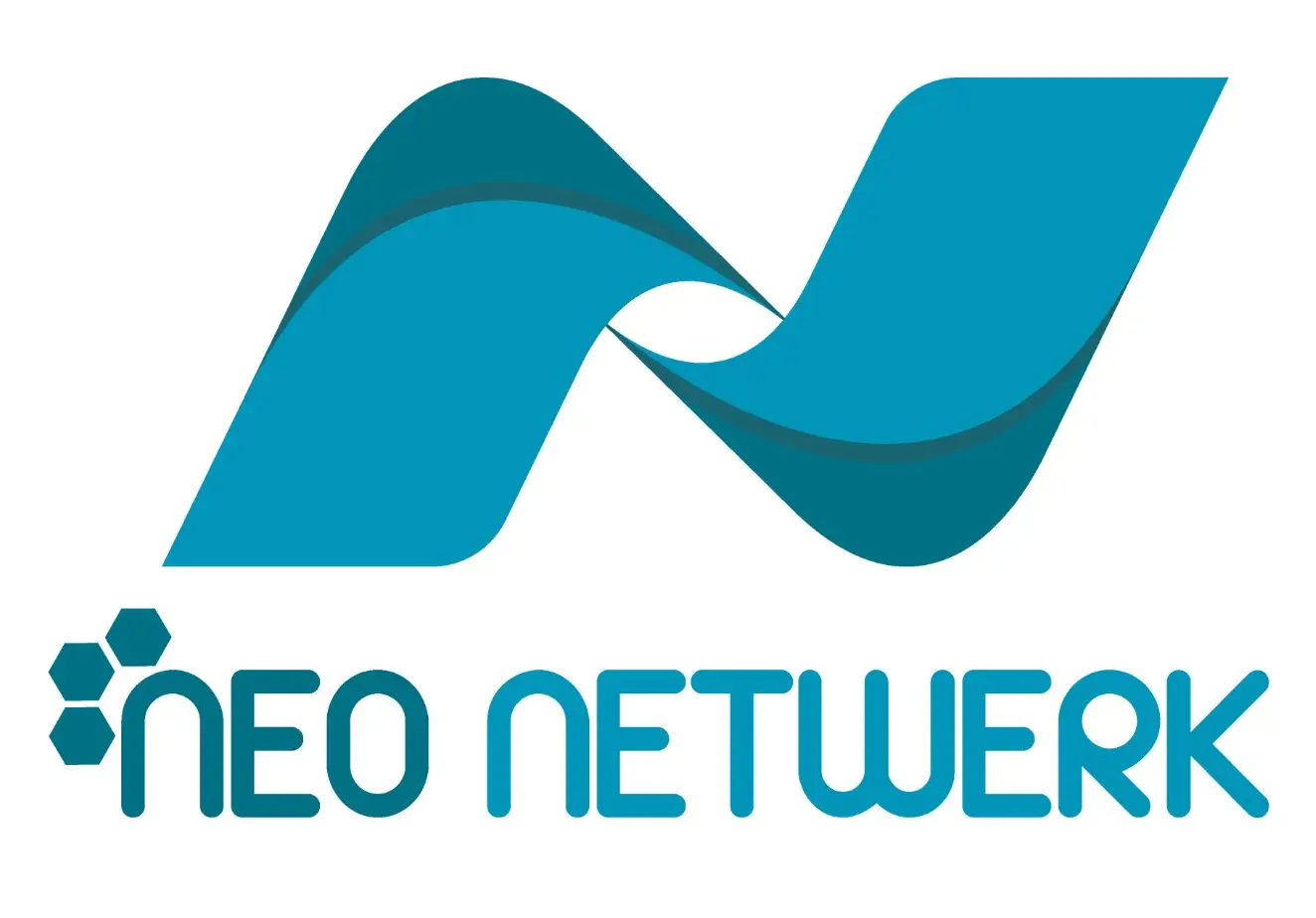Do you want to enter new markets and thereby leverage the benefits of expansion for your company? Then you should know beforehand how to best reach the new target market. Market entry for companies can take place internationally or nationally.
A successful market entry process increases market share, boosts revenue, and optimizes your competitive position. This requires strategic planning, which includes market and competitor analyses, target group analyses, and marketing strategies.
If you are currently planning to expand your market position, you should proceed strategically to achieve the greatest success with market entry. How exactly to proceed and what to consider, we explain to you in this blog article.
Why is market entry important for companies?

Market entry requires comprehensive planning to successfully overcome potential challenges such as market entry barriers and cultural differences. Despite these hurdles, which also arise in the context of regulatory requirements, entering other markets is worthwhile.
Advantages for your company:
- Increase in market share
- Increase in revenue and profit
- Access to other growth opportunities
- Diversification and risk minimization
- Strengthening of competitive ability
The three ways of market entry in Germany and other countries
Companies can design their market entry in three different ways. One of these is market penetration. This means increasing the existing market share through more intensive market activities. This can be done through targeted marketing, price adjustments, or improved sales strategies.
Another option is market expansion. New markets are entered by introducing innovative products or services or by expanding into previously untapped geographic areas.
As a third option for market entry, for example in Germany, there is market development. Companies adapt their offering specifically to new target groups to win customer segments that were previously not reached.
How does market penetration work?
Market penetration is a strategy where companies try to increase their market share in an already existing economic market. This happens by winning more existing customers, expanding the customer base, or encouraging customers to buy more frequently. The goal of market penetration is to maximize growth within a known market (Germany). The product or target group basically remains unchanged.
To successfully implement market penetration, companies have various measures available:
- Increase sales among existing customers (customer retention measures like loyalty programs, discounts, or personalized offers)
- Acquisition of new customers in the existing market (increased use of marketing measures e.g. social media, advertising, etc.)
- Optimization of pricing strategy
- Expansion of sales channels
- Increase product usage (customer education and marketing campaigns)
This strategy is particularly suitable for companies that already have a successful position in the target market and want to achieve further growth.
How does market expansion work?
Market expansion is a strategy where a company enters new markets to increase its sales and maximize its growth potential. If you choose this form of market entry, you have two options. In geographic expansion, you extend your business activities to other regions (e.g. Asia, Europe, or America). The second option is product or target group expansion. Existing products or services are offered to new customer segments.
Depending on industry, product, and target market, companies have various methods available for implementation:
- Expansion into new geographic markets (both nationally and abroad)
- Access to new customer segments (target group shift, e.g. from B2C to B2B)
- Expansion of product or service offerings
- Diversification of sales channels (building new sales possibilities such as online shops, marketplaces, partner companies)
Market expansion is especially worthwhile for companies whose market potential in the home country is exhausted or when there is demand for new products and services in the target market.
How exactly does market development work?
Market development is another option with which you try to establish your existing products or services in new markets or with other target groups. The aim is to expand your company’s reach and generate additional sales. There are two main ways to successfully implement market development:
- Geographic expansion (entering new regional or international markets where products or services are adapted to country-specific requirements)
- Addressing other target groups within the existing market (accessing new customer segments, e.g. offering a product previously sold only to businesses also to end consumers)
If the existing market is saturated and you as a company no longer experience growth, the market development strategy is worthwhile.
Success factors of a market entry strategy
A well-thought-out market entry strategy is based on several core aspects that serve as the structure for implementation. It is extremely important for you to know the market and the target groups, regardless of whether you consider market penetration, expansion, or development as an option.
Therefore, target group analysis and market analysis should be one of the first steps. Who is the potential customer and what needs do they have? What does the competition look like and which market entry barriers exist?
Be sure to inquire about any regulations in the respective countries before positioning a product. When positioning on the new sales market, carefully consider the advantages your own product or service offers and what your target group gains from it.
Finally, communication and sales follow. Which channels are suitable for marketing and which sales partners can provide support?
A structured approach helps companies to deploy resources purposefully and minimize the risk of bad investments.
Challenges and costs of market entry
Expansion into other markets not only brings opportunities but also challenges. You must carefully calculate the costs associated with market entry. These include investments in market research, product adaptations, marketing measures, and sales structures.
In addition, various market specifics must be considered, including:
- Regulatory framework conditions: Import regulations, tariffs, or legal requirements can complicate expansion.
- Cultural differences: Buying behavior, language, or religious aspects have a direct impact on market success. For example, German customers place great value on a balanced price-performance ratio. Japanese customers, on the other hand, expect the highest quality.
- Competitive environment: Local market participants and their pricing policies must be considered in your strategy.
International expansion – how to find the right market
When expanding internationally, selecting the target market is crucial. You should not rely solely on subjective assessments but conduct a thorough market analysis. Important questions include:
- Is there sufficient purchasing power for the product or service?
- How large is the market potential and what growth prospects exist?
- Which legal, political, or economic particularities must be considered?
The choice of market entry model also plays a particularly important role here. While owning a local subsidiary offers long-term stability, trade representatives or strategic partnerships can initially be a less risky approach.
Direct investment vs. trade representation
As mentioned, there are different market entry models. We want to take a closer look at this topic with the advantages and challenges so you can make the best decision for yourself.
Companies have two basic options to enter a new market. One option is to found a subsidiary or a production site in the new market (direct investment). Instead of opening a branch, you can also enter the market through trade representatives.
| Direct Investment | Trade Representation | |
| Advantages |
|
|
| Challenges |
|
|
Conclusion: The success of your market entry depends on strategy and preparation
Market entry is a complex process that requires well-planned strategies, market knowledge, and flexibility. Whether market penetration, expansion, or development is the right path depends on your company’s goals and the characteristics of the target market.
By conducting thorough market and competitor analyses, understanding the target group, and choosing the right market entry model, you can increase the chances of success and minimize risks.
Especially in international markets, you should be aware of cultural and legal particularities. Only then can you develop a sustainable strategy and achieve lasting growth.


